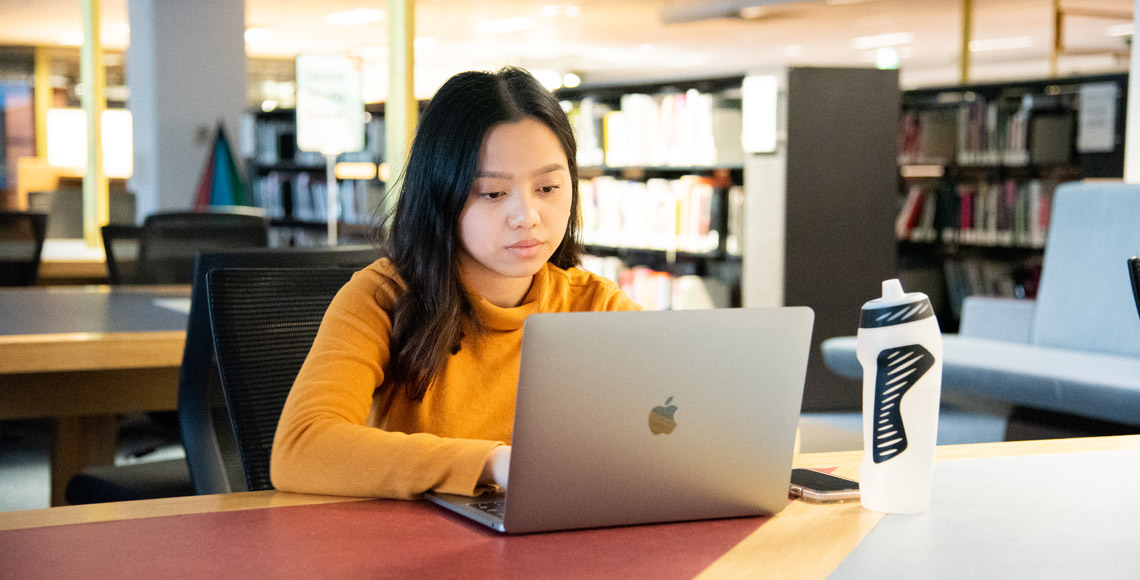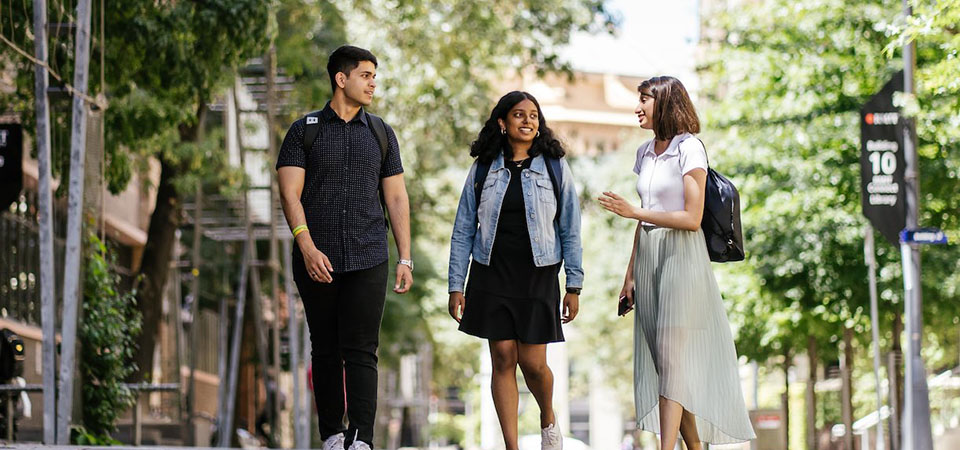What is a pathway and how do they work?
A university pathway is a study option that can lead to your dream course. Pathways usually begin with a vocational course and eventually lead you to an undergraduate degree.
Pathways can help you achieve your study goals, even if you don’t meet the course requirements for your ideal course.
Depending on the pathway, you can also gain additional credentials and experiences along the way, such as a certificate or diploma.
Recognised/formal pathways also provide opportunities for you to transfer from one RMIT course to another.
Being acknowledged for previous study may reduce the duration of your course and save you money.
Previous studies may be recognised in one of two ways:
- completed or partly completed certificate, diploma and advanced diploma qualifications can be credited towards a degree
- partly completed degree studies may be credited to other RMIT courses.






